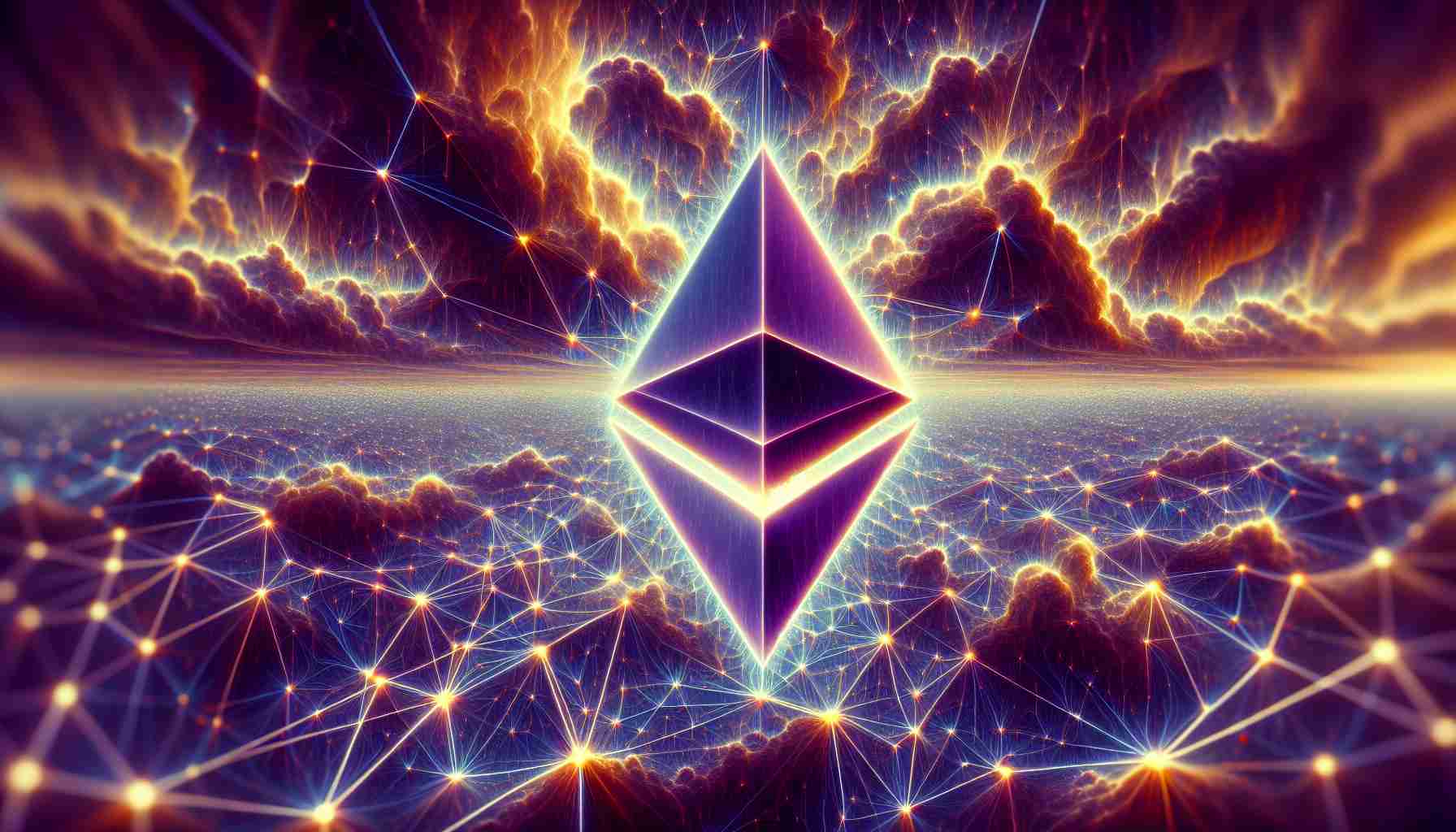Ethereum’s User Activity on the Decline Despite Upcoming ETF Trading
Despite the approach of Ethereum’s spot exchange-traded funds (ETFs), the blockchain network is witnessing a decrease in user involvement. This change contrasts expectations set by an impending ETF launch. At this stage, the number of new and active addresses on the network, which denote first-time and current users engaging with Ethereum, respectively, has seen a notable downturn.
What Does Decreased Network Traffic Indicate?
The decline of these important metrics by 15.45% for active addresses and 6.50% for new addresses in the past week suggests a waning interest in the Ethereum network. It’s possible that this trend could signal reduced demand for Ethereum’s native token, potentially impacting its market value, which recently saw a depreciation rate of 3.35%.
Ethereum’s Exchange Supply Ratio Trends Downward
In assessing Ethereum’s liquidity, the Exchange Supply Ratio has been on a downtrend according to CryptoQuant figures. This ratio sheds light on the distribution of Ethereum across exchanges and hints at investor sentiment. Its decrease is a positive sign, indicating a lowered risk of mass sell-offs as the trend implies investors are leaning towards holding rather than selling their ETH.
Market Sentiments and Ethereum’s Price Trajectory
The movement of funds out of exchanges could eventually lead to an uptick in Ethereum’s value. Nevertheless, for this to materialize, the market must witness a rise in purchasing activity. In the derivative space, Ethereum’s Open Interest—an indicator of speculative market participation—reflects a cautious stance from traders, diverging from the potential for aggressive market entries or exits.
Potential Impact on Ethereum’s Price Prediction
Looking ahead, the direction of Ethereum’s future valuation remains hazy. Should these trends persist, the cryptocurrency might experience a price correction. The price of Ethereum could stabilize within a narrower band unless there’s an upswing in open contract volumes and spot market demand.
Ethereum’s trajectory in the coming days seems to hang in the balance, hinging on the interplay between network activity, investor behavior, and market liquidity.
Understanding the Ethereum Network Dynamics
Ethereum, as a leading blockchain network, is not just a cryptocurrency but also a platform for smart contracts and decentralized applications (dApps). The network dynamics are often influenced by various factors including technological developments, user adoption, competition, market sentiment, and regulatory news.
Key Questions and Answers:
1. What factors might be causing the decrease in user activity on Ethereum?
– Market cycles: Cryptocurrency markets go through cyclical phases, and during bearish trends, user activity may naturally decline.
– Competition: Rising alternative blockchain platforms could pull users away from Ethereum.
– Transition to Ethereum 2.0: With Ethereum transitioning to a Proof of Stake consensus, uncertainty might be causing some users to pause their activity.
2. How could an ETF impact Ethereum despite the decline in user activity?
– Accessibility: An ETF makes it easier for traditional investors to gain exposure to Ethereum without owning the cryptocurrency, potentially boosting its value.
– Legitimacy: The introduction of an ETF can be seen as a sign of market maturity, potentially attracting more investors.
Key Challenges and Controversies:
– Scalability: Ethereum has faced challenges in scaling, which impacts transaction costs and speeds, possibly affecting user activity.
– Transition to Ethereum 2.0: The network’s shift to a Proof of Stake consensus mechanism is a massive technological leap with uncertainties that could affect user and investor confidence.
Advantages and Disadvantages:
– Advantages:
— Smart Contract Capabilities: Ethereum’s robust smart contract functionality has allowed it to become the leading platform for dApp development.
— Decentralized Finance (DeFi): Ethereum hosts the majority of DeFi applications, offering financial services without intermediaries.
– Disadvantages:
— Gas Fees: High transaction costs during peak times can deter users and developers.
— Network Congestion: Ethereum can become congested during high usage, leading to slower transaction times.
Suggested related links to main domain:
– Ethereum Official Website
– CryptoQuant
These links are verified main domain URLs and do not contain any subpages or specific articles. For latest updates and more detailed information, these websites could offer valuable insights into the dynamics of the Ethereum network, provided the URLs remain unchanged and operational.


